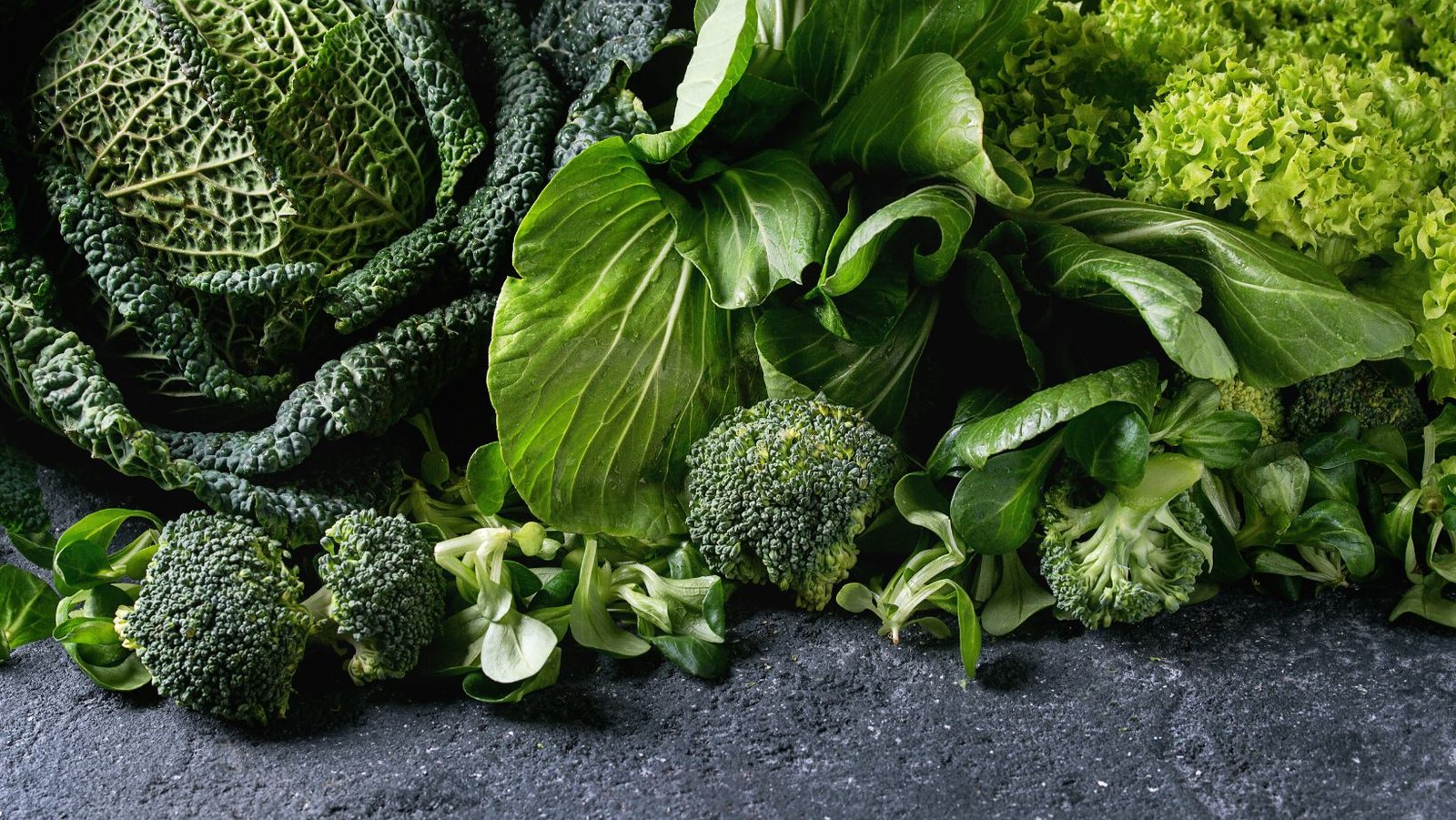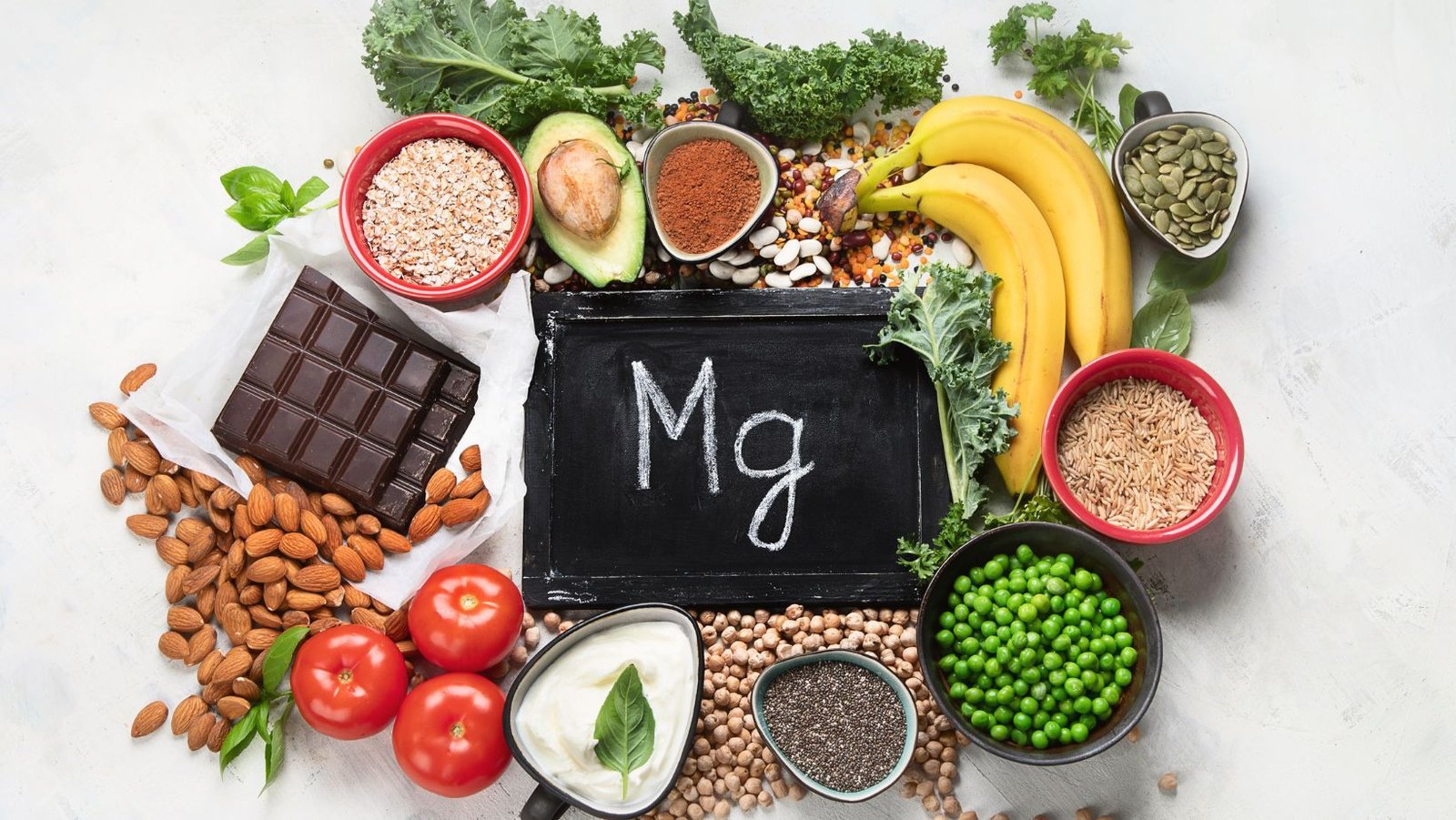Magnesium is essential for our health and well-being. It helps with over 300 body functions. But, most adults in the U.S. need more magnesium. We need 310 to 420 milligrams a day to stay healthy.
Not getting enough magnesium causes muscle cramps and heart issues. Foods high in Magnesium, like dark Chocolate and avocados, are great for our heart. A small piece of dark Chocolate gives 65 mg of magnesium. An avocado provides 58 mg.
Eating nuts, seeds, leafy greens, and whole grains helps get more magnesium. For example, cashews have 83 mg per ounce, and black beans have 120 mg in a cup. Eating these foods helps our body and keeps us from getting sick.
Key Takeaways
- Over 300 essential biochemical processes in the human body involve the mineral magnesium.
- Adults need between 310 and 420 mg of magnesium daily.
- Most adults in the U.S. are deficient in their daily magnesium needs.
- Avocados, Dark Chocolate, leafy greens, and nuts are excellent sources of magnesium.
- Incorporating various magnesium-rich foods can prevent health issues and improve overall well-being.
Benefits of Magnesium and Why It’s Essential
Magnesium is a powerhouse for good health. It is vital for muscle and nerve function, maintaining a steady heartbeat, and fortifying bones.
Health Benefits of Magnesium
Magnesium is essential for many things. It helps with muscle and nerve function, regulates blood sugar and blood pressure, and makes protein, bone, and DNA.
Studies show it helps with exercise, especially for older people. Taking magnesium can lower high blood pressure and cut heart disease risk. It also helps with inflammation, depression, and asthma.
About 48% of people with type 2 diabetes have low magnesium. Getting enough can improve health. It helps with depression, anxiety, migraines, and PMS. It also enables us to sleep better.
Daily Magnesium Requirements
How much magnesium we need changes with age and gender. Men need 400-420 milligrams, women 310-360 milligrams, and more during pregnancy. Sadly, half of U.S. adults don’t get enough.
Incorporating magnesium-rich foods into our diet is a natural and effective way to avoid sed effects. Kids have different needs, too. Depending on their age, they need 80-410 milligrams.
It’s better to get magnesium from food than supplements to avoid stomach issues. Foods like spinach, almonds, and quinoa are excellent sources. Supplements might be needed for those who can’t get enough from food.
What Are Foods High in Magnesium
Understanding which foods are rich in magnesium is critical to maintaining good health. Incorporating various foods into our diet ensures we meet our daily magnesium needs. Here are some essential foods packed with magnesium.
Dark Chocolate
Dark Chocolate is more than a sweet treat. It’s also good for our health because it’s full of magnesium. Eating an ounce of dark Chocolate with 70%-85% cocoa gives us 64 mg of magnesium. It also has antioxidants that are good for us.
Leafy Greens

Leafy greens like spinach and Swiss chard are excellent sources of magnesium. Half a cup of cooked spinach has 78 mg of magnesium, and Swiss chard has 75 mg in the same amount. Adding these to our meals helps us get a lot of magnesium.
Nuts and Seeds
Nuts and seeds are vital for getting magnesium. For example, an ounce of roasted almonds has 80 mg of magnesium. Pumpkin seeds have 150 mg per ounce. Chia seeds have 111 mg of magnesium in one ounce. These foods are made of magnesium and other good stuff.
Legumes
Legumes like black beans and edamame are excellent sources of magnesium. Half a cup of cooked black beans contains 60 mg of magnesium, while edamame provides 50 mg in the same amount. They are also high in protein, making them perfect for vegetarian diets.
Whole Grains
Whole grains are full of fiber and magnesium. Quinoa, for example, has 60 mg of magnesium per half-cup cooked. Adding quinoa and brown rice to our meals ensures we have enough magnesium and other nutrients.
Incorporating Magnesium-Rich Foods Into our Diet
Adding magnesium-rich foods to our meals is not only easy but also delicious. With a few simple changes to our diet, we can increase our magnesium intake and boost our health.
Breakfast Options
Start our day with foods high in magnesium. Try a banana with low-fat Greek yogurt, or choose fortified cereals that now contain essential minerals.
Snacks and Lunch
Snacks and lunch are great times to eat more magnesium. For a magnesium boost, eat almonds or roasted pumpkin seeds.
For lunch, try avocado toast with creamy avocados and whole-grain bread. For lots of nutrients, try a quinoa salad.
Dinner and Dessert Ideas
Choose magnesium-rich foods for dinner. A salmon dish with brown rice and steamed spinach is a good choice.
Finish with a piece of dark Chocolate for dessert. It’s tasty and has about 65 mg of magnesium.
Food Magnesium (mg)
Banana (1 medium) 32
Low-fat Greek Yogurt (6 oz) 18.7
Roasted Pumpkin Seeds (1 oz) 156
Almonds (1 oz) 79
Avocado (1/2 avocado) 19.7
Salmon (3 oz cooked farmed) 25.5
Brown Rice (1 cup cooked) 78.8
Spinach (1 cup boiled) 157
Dark Chocolate (1 oz 70-85%) 65
Conclusion
Magnesium is a vital mineral for our body’s health. It’s a key player in many body functions, from bone health to muscle function. While most people in the U.S. don’t get enough magnesium, a deficiency is rare if you’re healthy. Remember, getting enough magnesium is essential for our overall well-being.
Getting enough magnesium is essential. We can get it from dark Chocolate, avocados, nuts, beans, and leafy greens. These foods make it easy and tasty to get what we need. Men and women aged 19-30 should eat 400 mg and 310 mg of magnesium daily.
Supplements can help if needed but always talk to a doctor first. Magnesium helps keep bones strong and lowers the risk of diabetes and heart problems. It also helps with headaches, PMS, and anxiety.
Eating foods high in magnesium is a great way to boost health.
FAQ
What is a good source of magnesium for a healthy diet?
Dark Chocolate, avocados, almonds, and cashews are good sources of magnesium. Brazil nuts, pumpkin seeds, and flaxseed are also excellent sources. Chia seeds, spinach, kale, tofu, and whole grains like quinoa and brown rice are excellent choices.
Why is magnesium essential for overall health?
Magnesium is critical for nerve and muscle function and a regular heart rhythm. It helps control blood sugar and supports healthy joint cartilage. It’s also in over 300 body reactions, like making proteins and DNA and keeping bones strong.
How much magnesium do adults need daily?
Men need about 400-420 milligrams of magnesium daily, women need around 310-360 milligrams, and pregnant women need more, so adjusting intake is essential.
What are the best magnesium-rich foods for snacks?
Great magnesium snacks include almonds, cashews, pumpkin seeds, chia seeds, and dark Chocolate. These snacks are tasty and give a good magnesium boost.
How can I incorporate magnesium-rich foods into my diet?
Add magnesium-rich foods to your diet with a banana, yogurt, or cereal for breakfast—snack on almonds or pumpkin seeds. Try avocado toast or a quinoa salad for lunch. For dinner, have salmon with brown rice and steamed spinach. Enjoy a piece of dark Chocolate for dessert.
What are the health benefits of magnesium?
Magnesium helps with nerve and muscle function and keeps the heart rhythm steady. It also helps control blood sugar and keeps joints healthy. It can lower blood pressure, reduce heart disease and type 2 diabetes risk, help with asthma, and improve mental health.
Can certain health conditions affect magnesium absorption?
Yes, Crohn’s disease and celiac disease can make it hard for the body to absorb magnesium. People with these conditions should talk to doctors about magnesium supplements to meet their needs.
What are some magnesium-rich foods suitable for vegetarian diets?
Vegetarians can get magnesium from leafy greens like spinach and kale and legumes like black beans and lentils. Nuts like almonds and cashews, seeds like flaxseed and chia seeds, and whole grains like quinoa and brown rice are also good sources.



